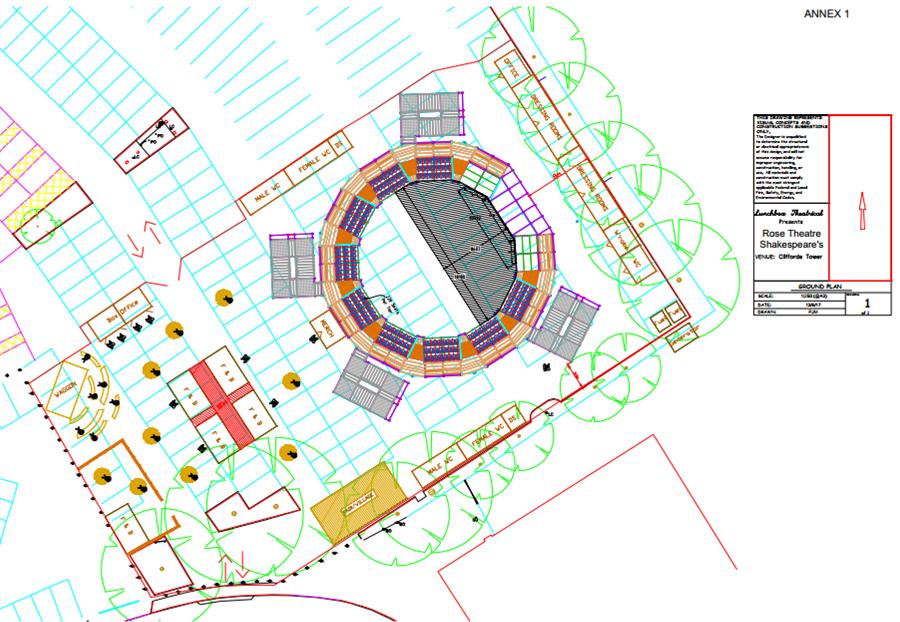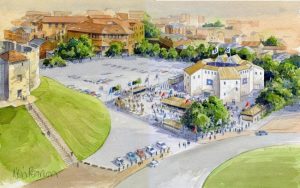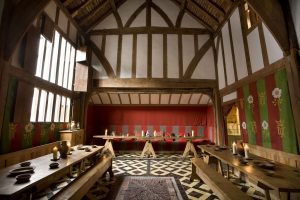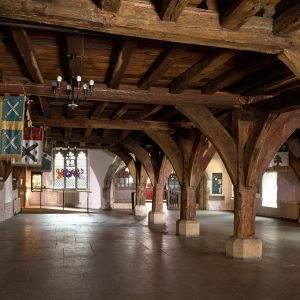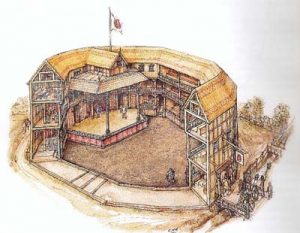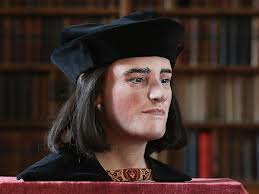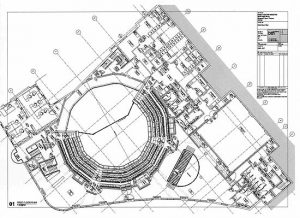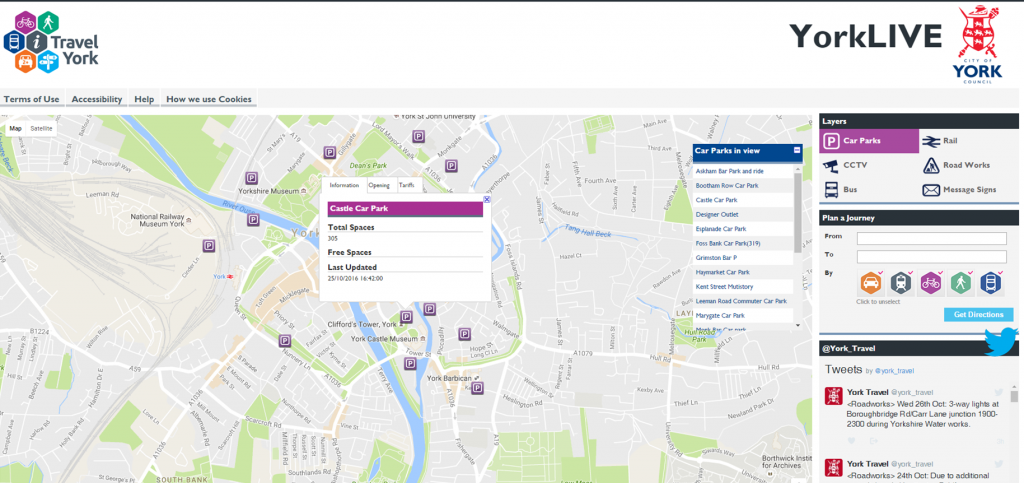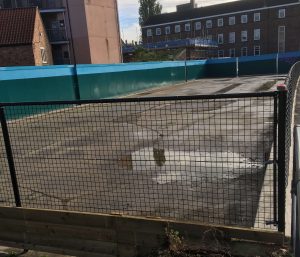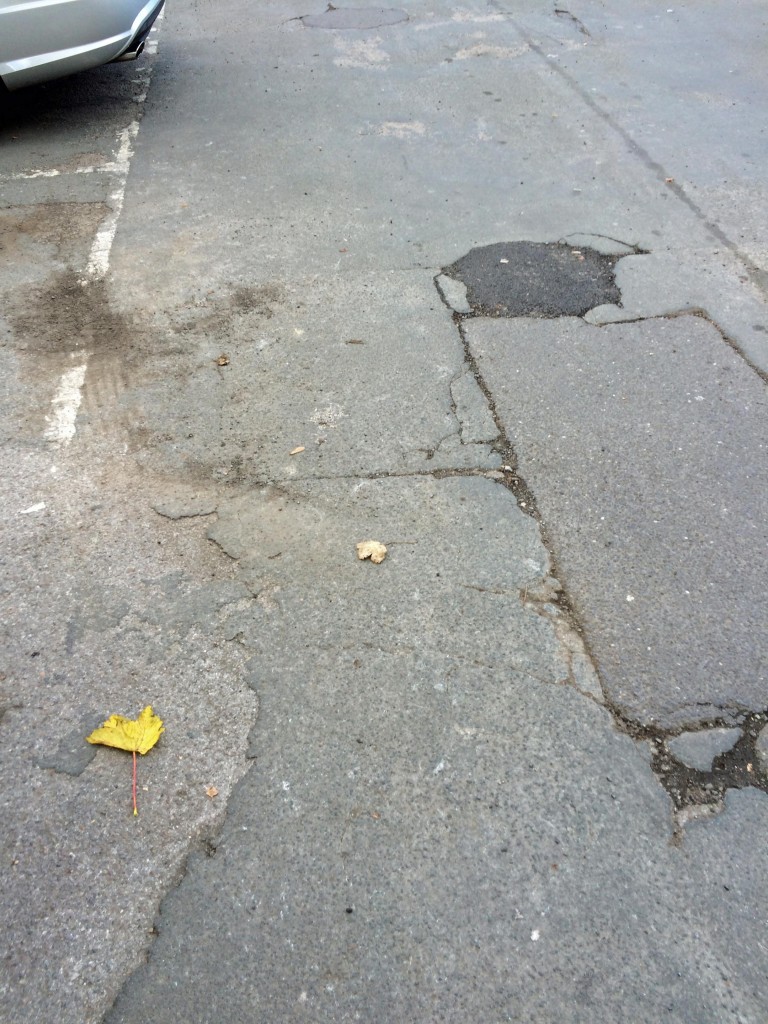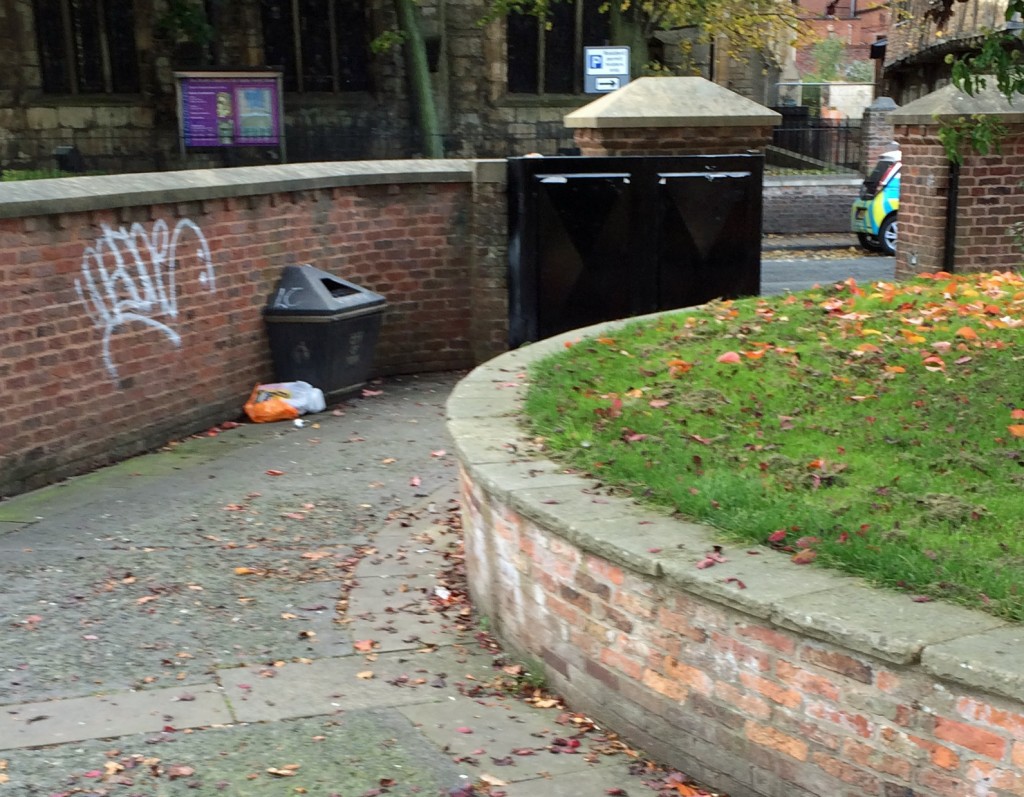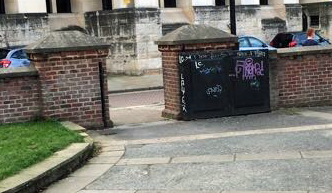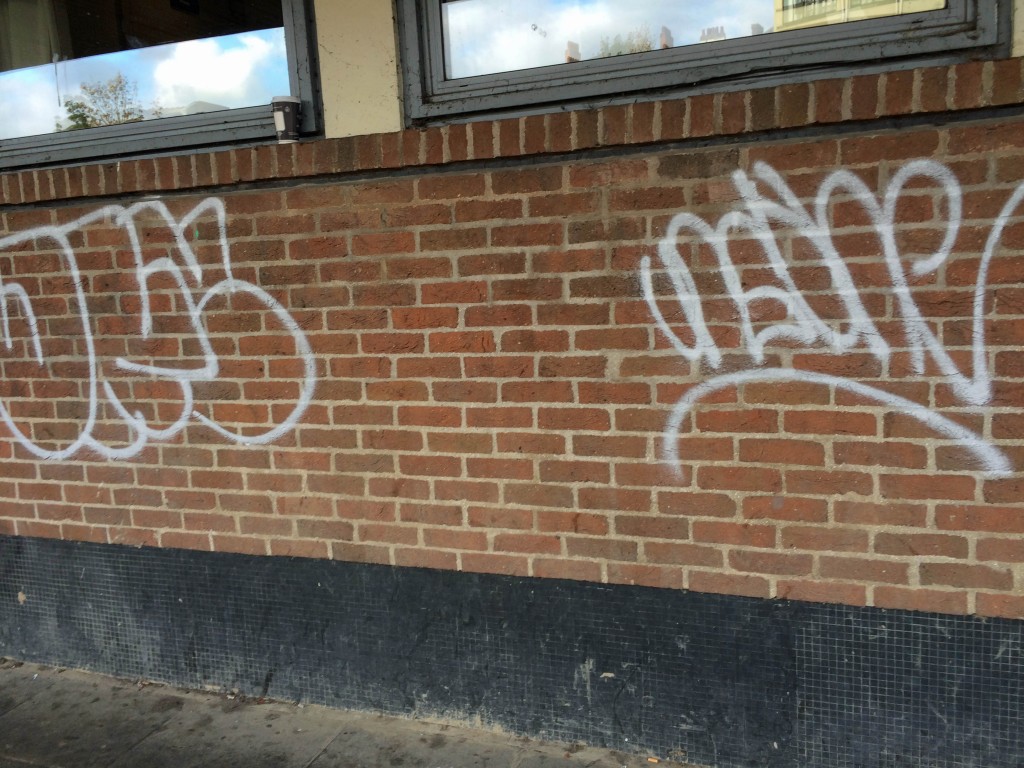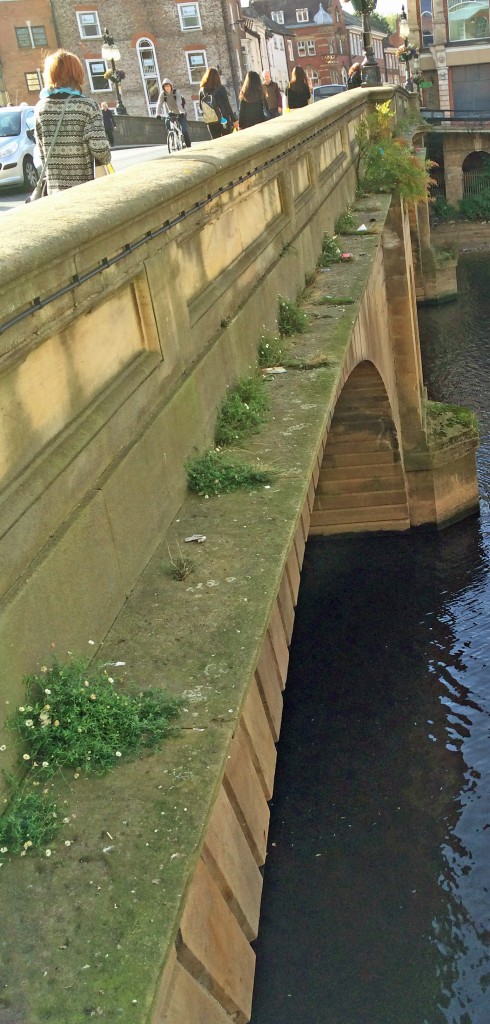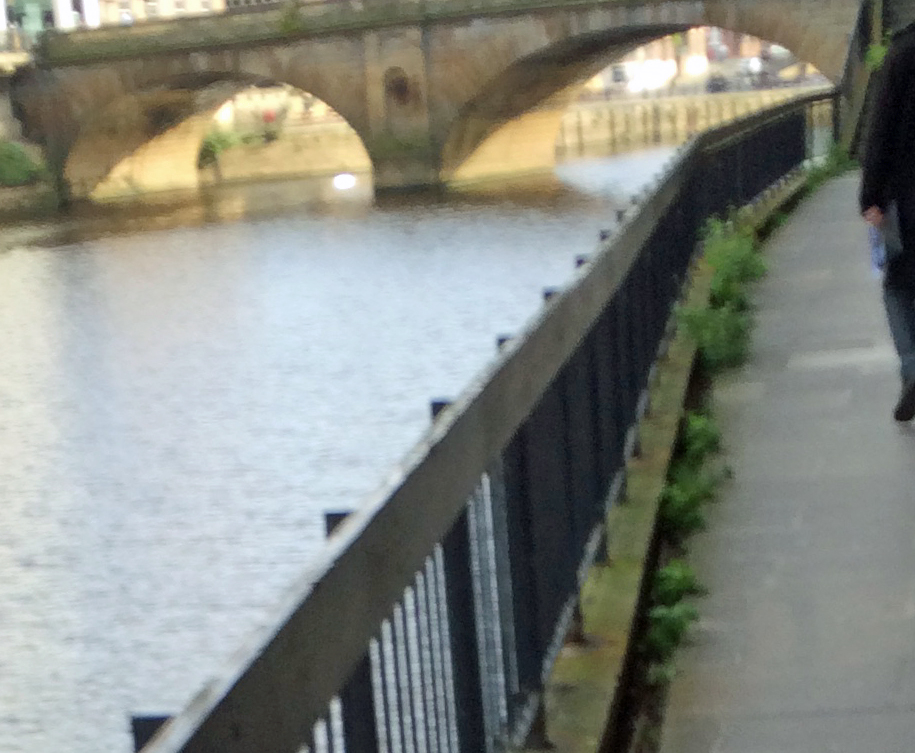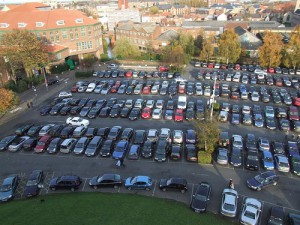Officials recommend York Council borrows £45.8 million to fund major development
The York Council is being asked to fund phase 1 of the Castle Gateway development next week. The development includes
- Providing the replacement MSCP at St George’s Field that will allow Castle Car Park to close and be replaced with new public realm
- A new pedestrian cycle crossing over the inner-ring road
- A new pedestrian cycle bridge over the Foss
- A new public park at the rear of the Castle Museum and a riverside pocket park on Piccadilly
- 106 new apartments at Castle Mills – 20 of which would be new council housing – above street level commercial spaces suitable for small independent traders
- New apartments above further commercial spaces at 17-21 Piccadilly
Contrary to expectations, the Council is planning to undertake the development itself putting potentially £55 million of taxpayer’s money at risk.
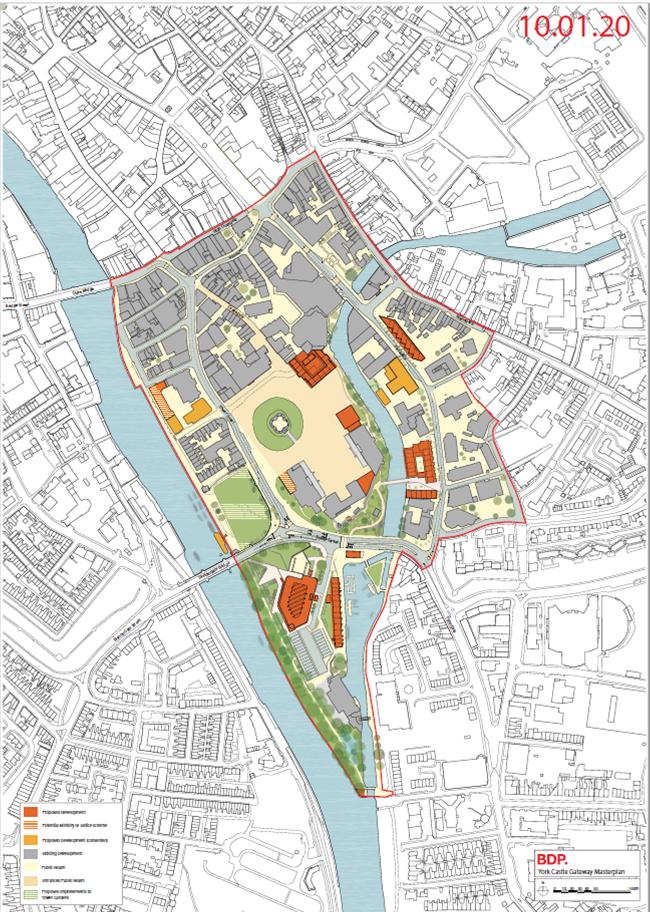
Masterplan for Castle Gateway
There is an estimated viability gap of £3.3 million even if all flats and commercial spaces are sold. £532,000 will be spent diverting a sewer on St Georges Field.
20 Council apartments would be built at Castle Mills at an estimated cost of £3.7 million.
The “delivery strategy” for the, long unused, 17-21 Piccadilly site (currently occupied by Spark) would not be determined before summer 2020. Officials want to build apartments above ground floor commercial units on the site. It is not clear why such a development could not be private sector led (reducing risks to taxpayers).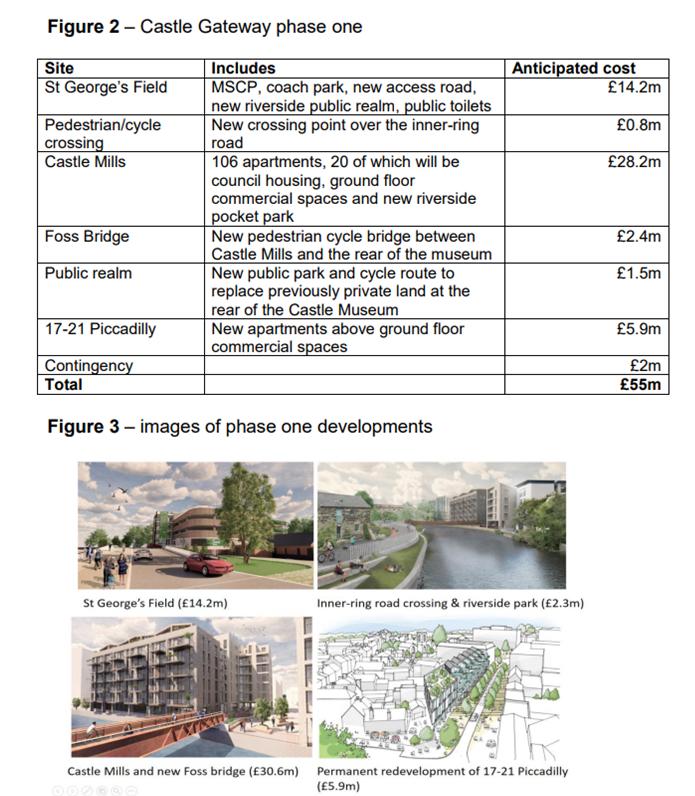
There is a danger that the Council, is now giving some elements of the £1.5 million “Masterplan” a “Moses” status.
The location of the £2.4 million Foss bridge, the £1.5 million Castle Museum park and the (frankly slightly odd) £800,000 inner ring road surface level crossing may all be nice to have but they are scarcely essential.
Even the multi storey car park at £14.2 million now looks like a very expensive way of facilitating the provision of a new park.
Simply selling the development sites – as surely the Council should have done with 17-21 Piccadilly by now – would produce a receipt of £6.6 million. This might be a useful insurance if the Councils other reckless property gambles (like the refurbishment of the Guildhall) go belly up.
Other major Council funding commitments like York Central and the outer ring-road are also imminent.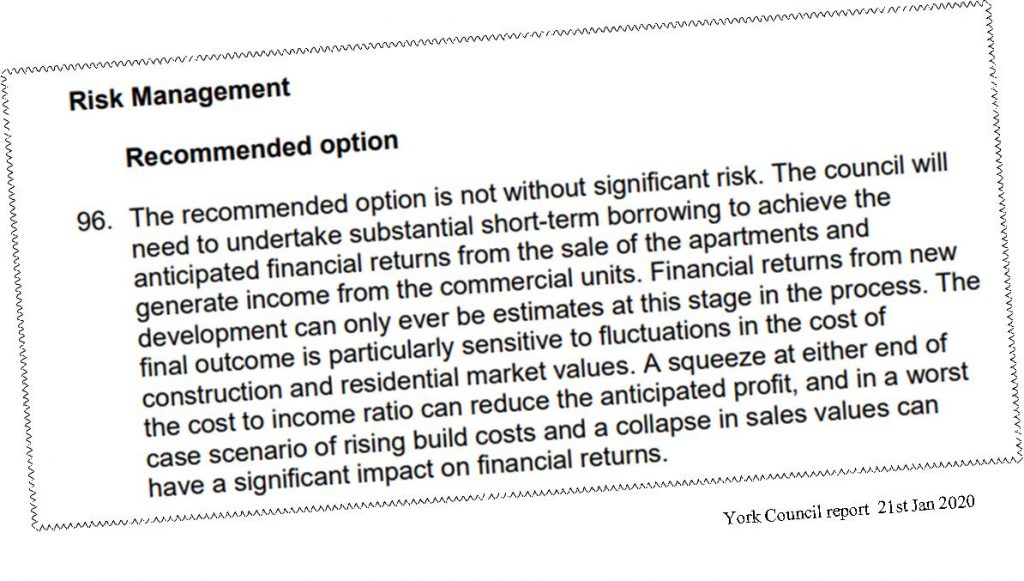
If the Council decides to go forward with the recommendations, then they would be wise to adopt a parallel path approach and seek alternative proposals from the market.
They would then be in a position to make an informed choice when they make a final decision later in the year.
A small change in the national economic picture could leave the Council with empty properties and no way of paying interest charges on its borrowings, without prompting massive public service cuts.
The Castle Mill development is scheduled to be completed in spring 2023; a few weeks before the next Council elections are scheduled to take place.

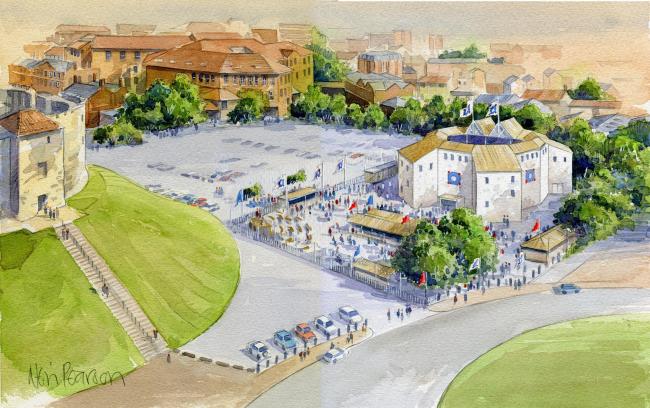
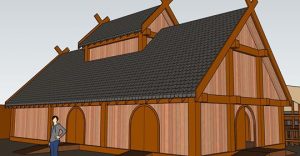 The York Council is reporting that they have been approached to provide a Viking themed theatrical experience which would include a Viking Great Hall and courtyard theatre “creating an immersive performance space with a capacity of approximately 100 people per show – with 360-degree sets, live actors, and special effects”.
The York Council is reporting that they have been approached to provide a Viking themed theatrical experience which would include a Viking Great Hall and courtyard theatre “creating an immersive performance space with a capacity of approximately 100 people per show – with 360-degree sets, live actors, and special effects”. for the sons of men
for the sons of men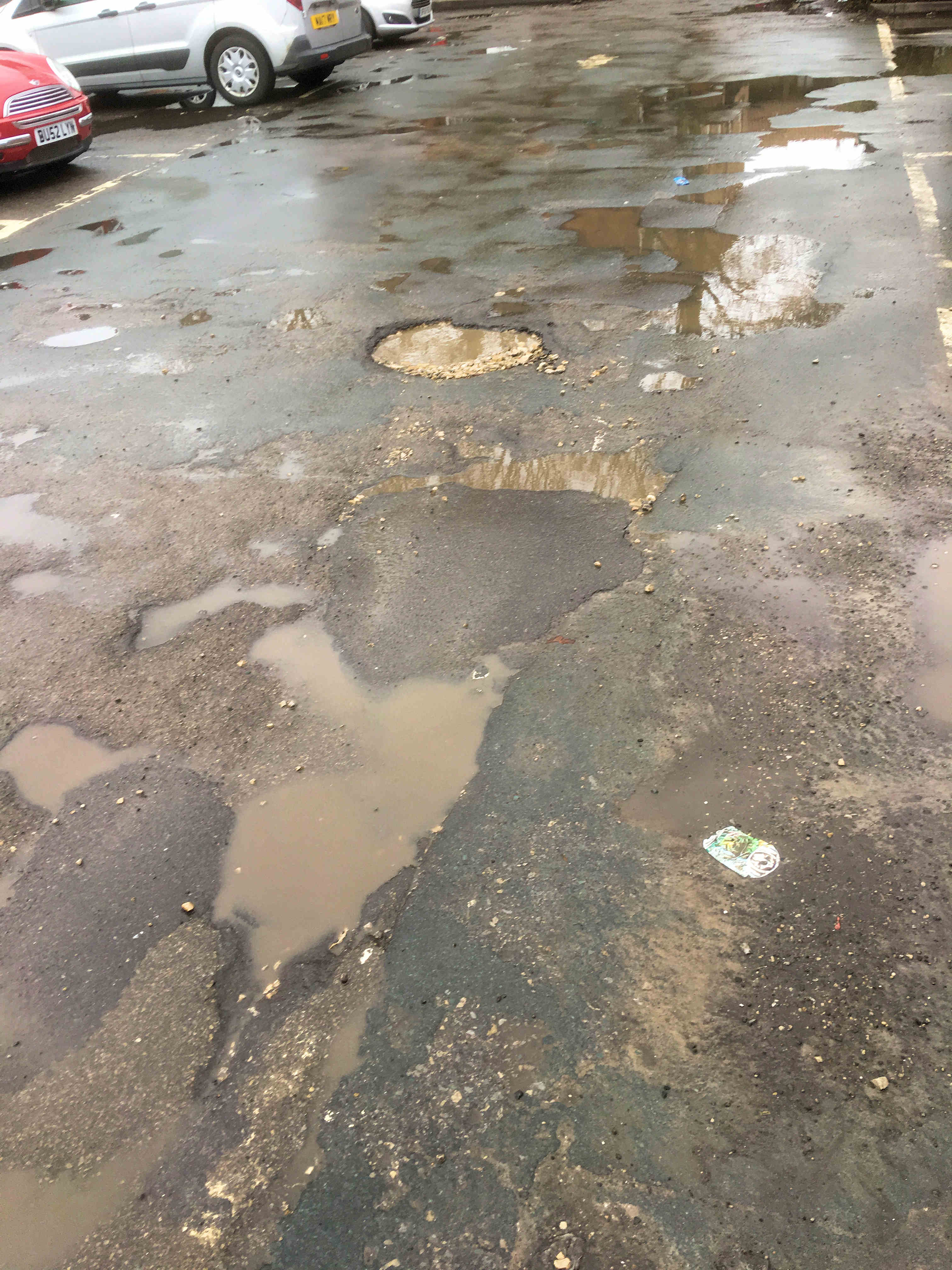
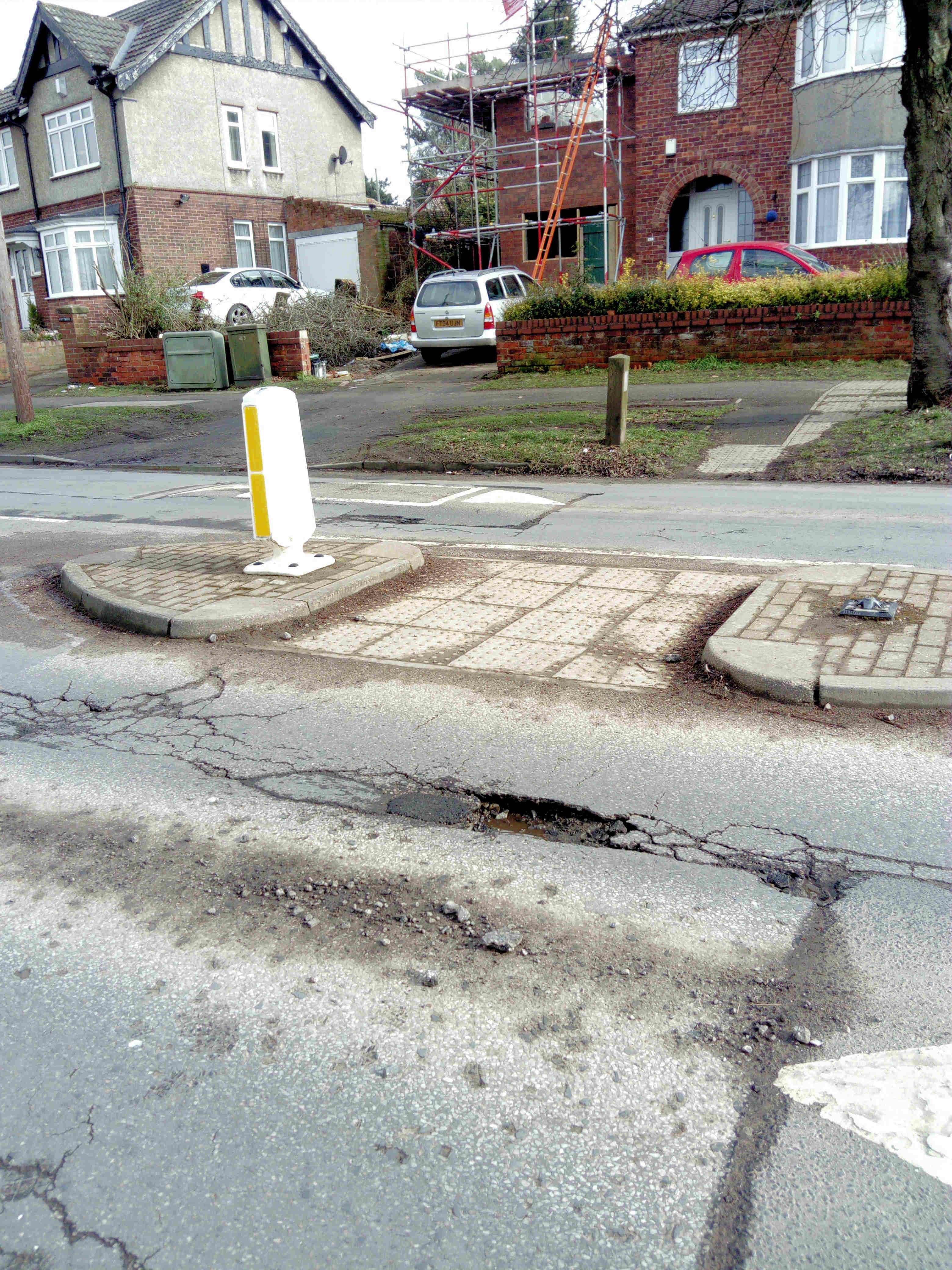
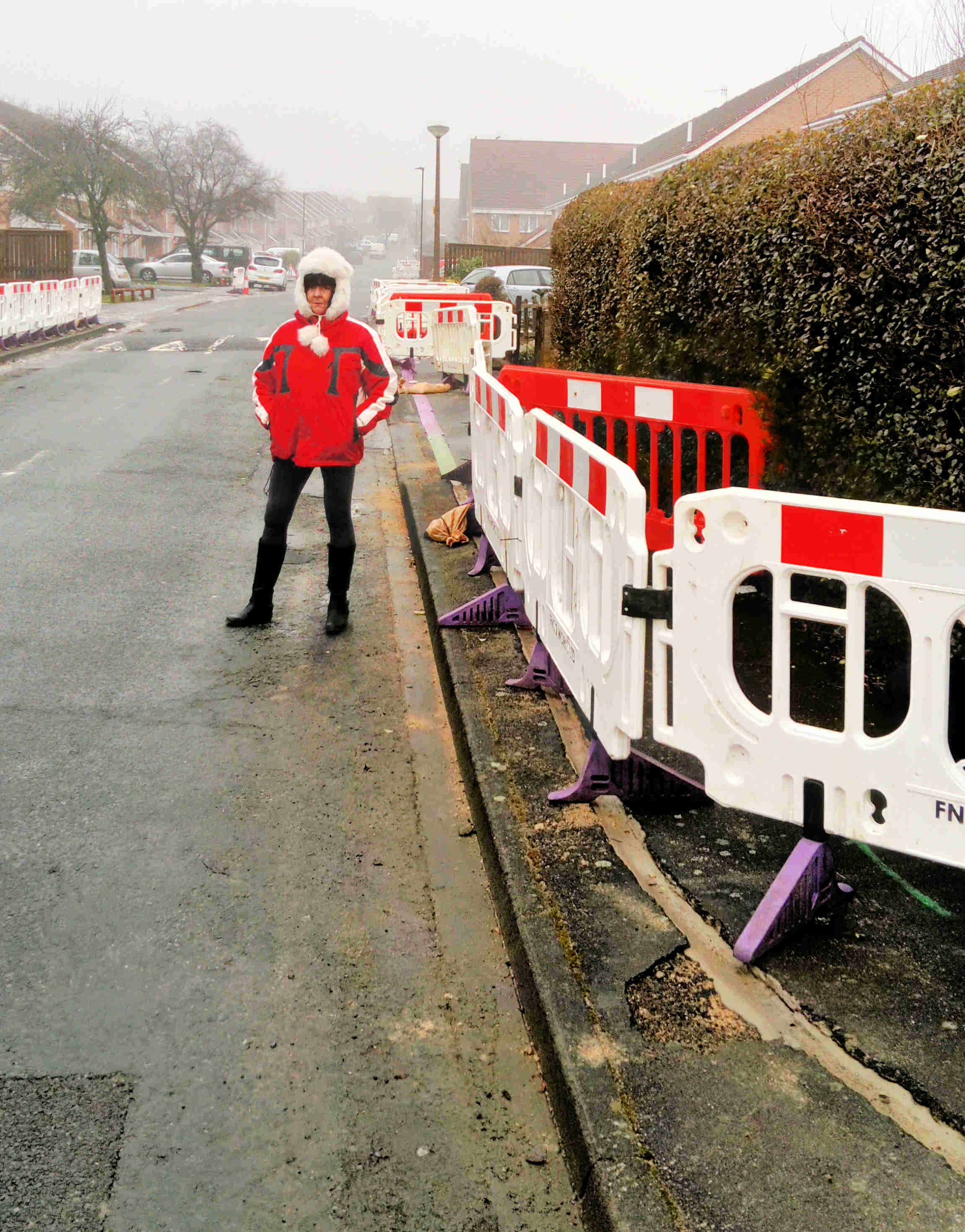
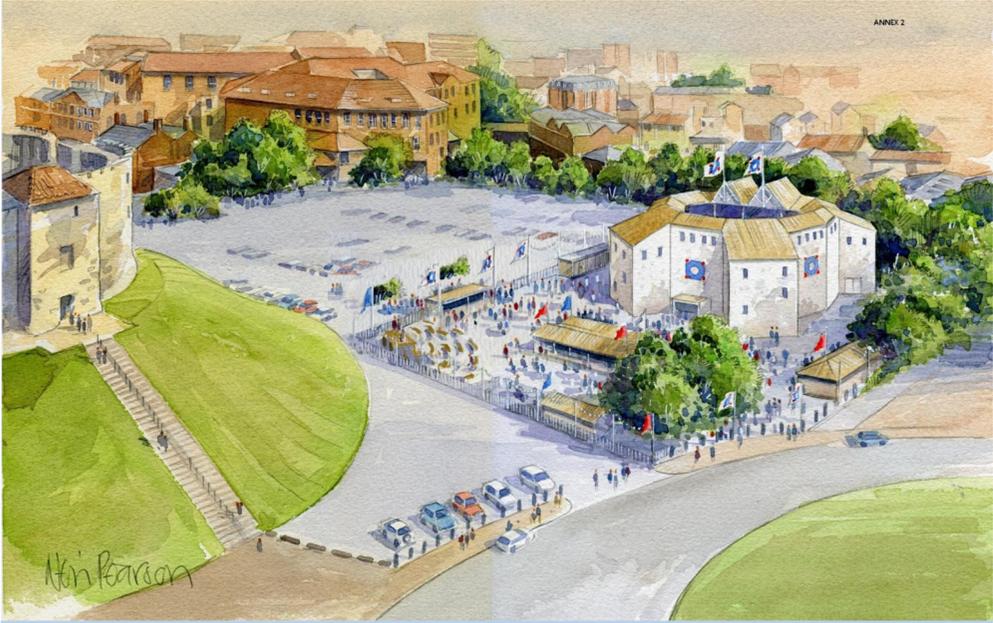 Shakespeare’s
Shakespeare’s 